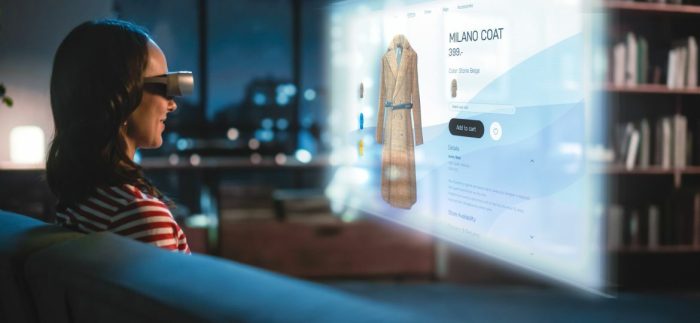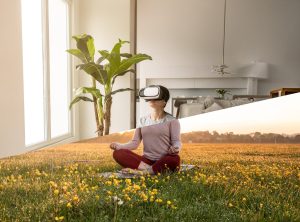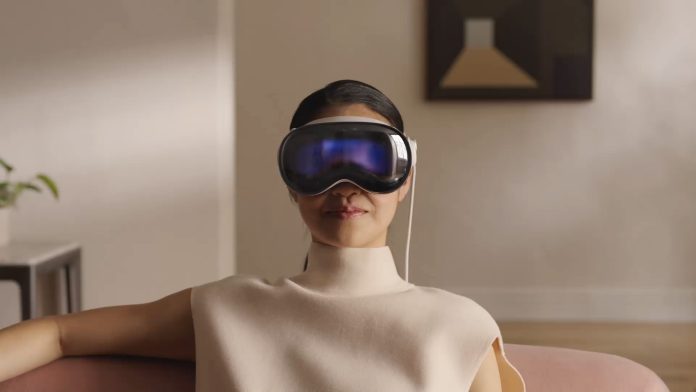The introduction of the Apple Vision Pro is a game-changer and can potentially revolutionize the marketing and advertising world. The Vision Pro offers a world of possibilities for companies to interact with audiences in previously unimaginable ways. This is accomplished by integrating augmented reality (AR) and virtual reality (VR) into our surroundings seamlessly. Let’s investigate how this technology could influence the future of marketing at some point.
From Plain Advertisements to Compelling Experiences
Consider the possibility of digitally entering a shop, trying on clothing, and engaging with things before making a purchase order. This could become a reality with the help of Vision Pro, which blurs the borders between purchasing online and shopping in physical stores.
This opens the path for the following:
For example, users might virtually test-drive vehicles, explore furnishings inside their homes, and even use cosmetics in real-time. These are all examples of interactive product demos.
Branded AR Experiences: AR tours, interactive games, or treasure hunts that will engage people in a way that has never been seen before.
Personalized Advertising: Advertisements that dynamically adapt to your surroundings and display appropriate items or offers depending on your location and preferences are examples of personalized advertising.

Evoking Deeper Connections Through Emotional Storytelling
As you visit a magnificent mountain range for a tourism advertisement, imagine yourself feeling the breeze in your hair. Alternatively, picture yourself personally experiencing the emotional effect of a historical event.
These are some of the capabilities of the Vision Pro’s immersive storytelling:
Virtual reality simulations can create empathy and understanding, allowing users to experience diverse worlds and viewpoints. This can help users form stronger emotional relationships.
Improving Brand Narratives: Users should be immersed in brand tales, bringing them closer to the values and purpose the product intends to serve.
To Increase Brand Loyalty: Develop memorable and passionate experiences, leaving consumers with a mark that lasts.
Read More: How the Corporate Memphis Art Style Transformed the Art of Storytelling
Challenges Presented by Data and Measurement
Even though the possibilities are fantastic, there are obstacles. The process of determining how successful advertising campaigns use AR & VR is still developing, and user data collection in these immersive settings needs careful attention. The accessibility of smaller companies can be hindered by factors such as high manufacturing costs and privacy issues.
An Immersive Future Is Here
The Apple Vision Pro marks a big leap forward in terms of how companies can interact with customers despite the challenges accompanying its release. AR and VR advertising has the potential to be more engaging, tailored, and emotionally impacting than it has ever been before because of its immersive capabilities.

Those who are willing to embrace the possibilities of Vision Pro stand to gain major benefits as technology continues to advance and difficulties are successfully solved. The future of marketing seems to be becoming more immersive.
However, in Pakistan, we have yet to see such advancements anytime soon. We are far behind the world in terms of technology and, unfortunately, everything else. We are still stuck at restricting platforms to stop people from expressing their opinions. God knows when we’ll grow out of it.

